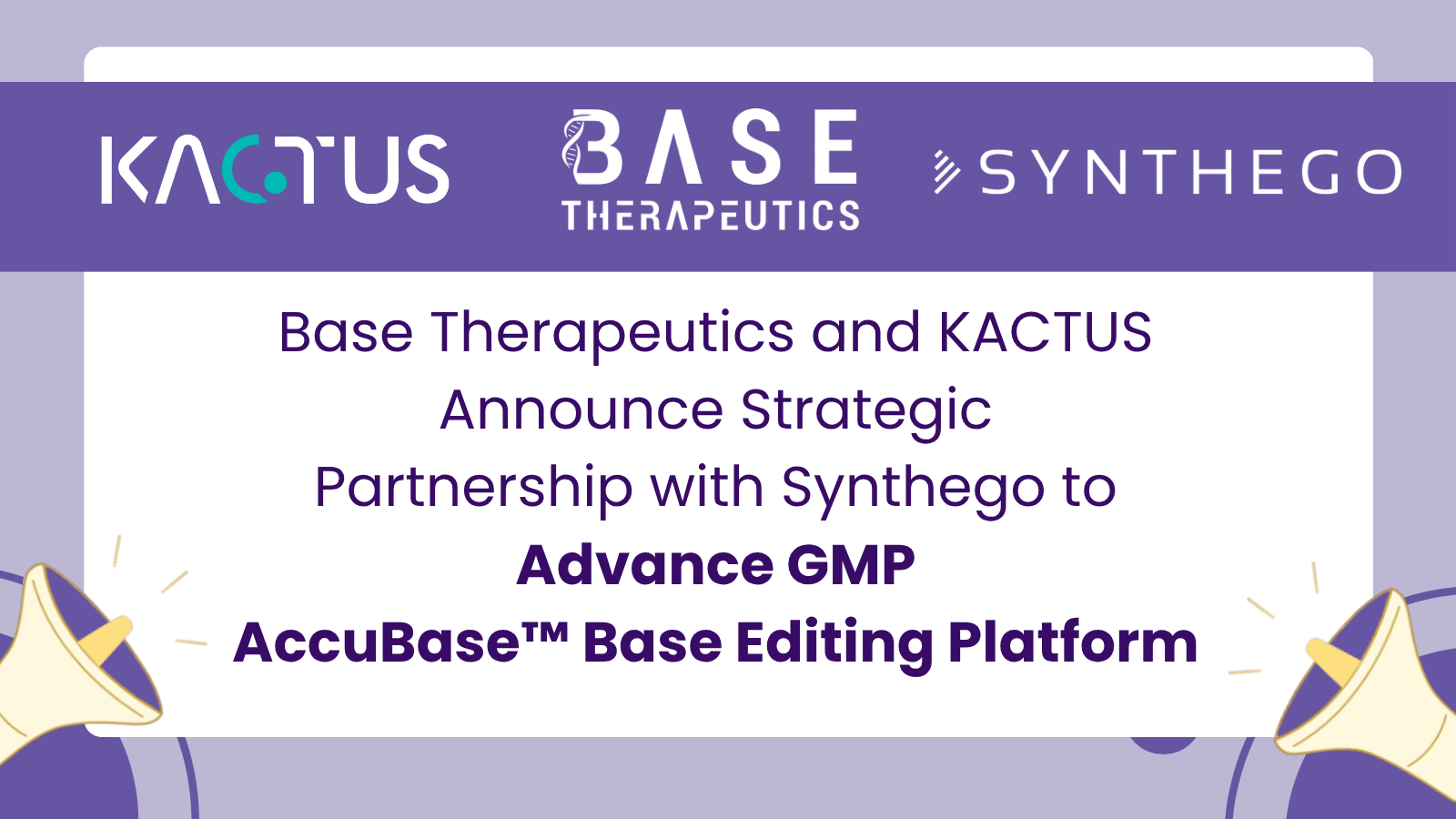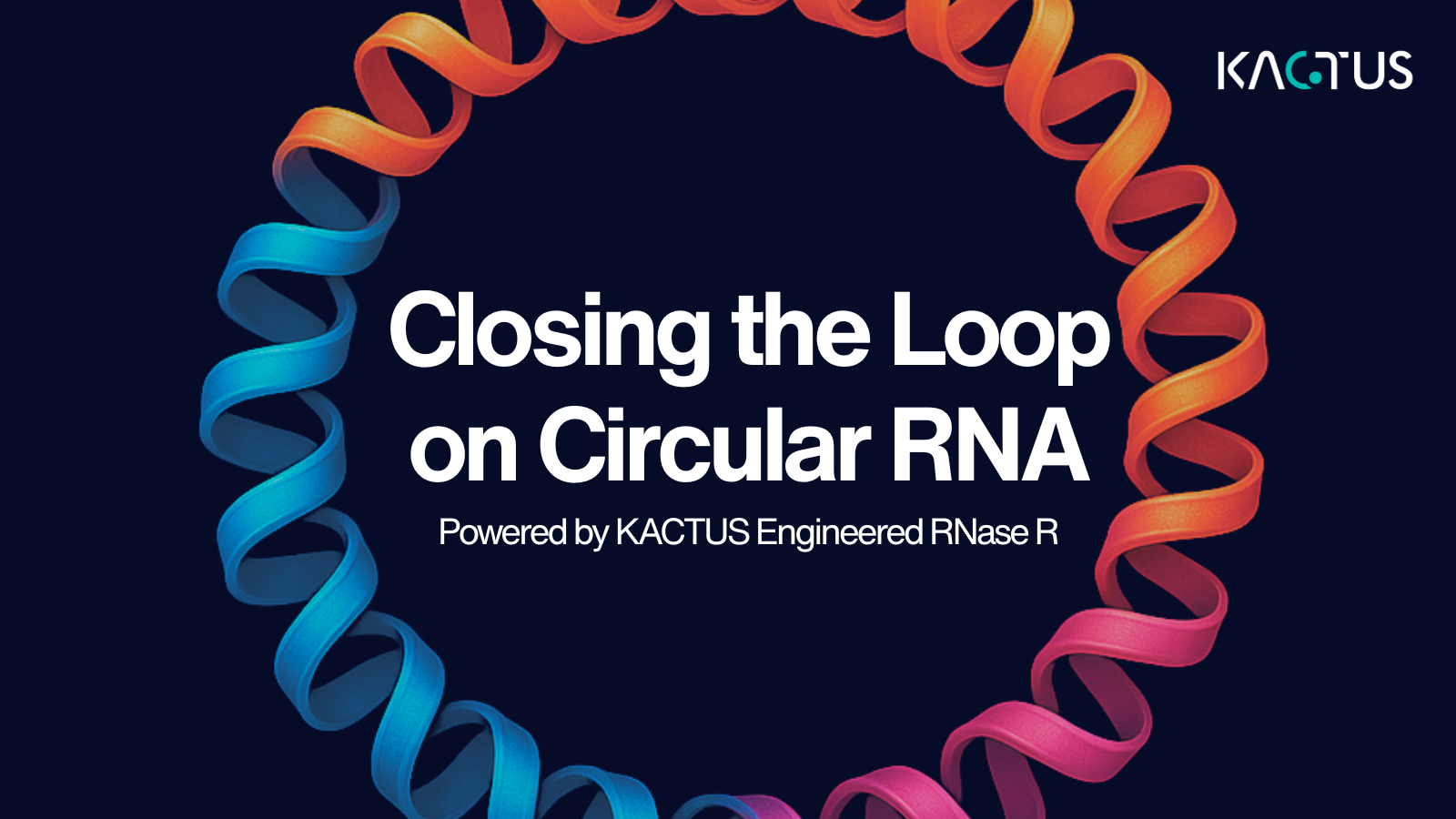Fat Loss and Muscle Gain: Targeting the Activin Signaling Pathway
By Yujiao Zhang
In July 2023, Eli Lilly made a nearly $2 billion bet on Versanis' ActRII inhibitor, Bimagrumab, citing its ability to reduce fat while increasing muscle mass. In March 2024, Laekna Therapeutics submitted an IND for ActRII monoclonal antibody LAE102 to the FDA for obesity treatment, achieving dual filing in both China and the U.S., causing their stock price to double. Consequently, ActRII and its associated Activin signaling pathway have garnered widespread attention.

The Activin Signaling Pathway
The Activin signaling pathway (Activin-Activin Receptor Signaling, hereafter referred to as Act/ActR) is crucial for various physiological activities, including embryonic development, organ formation, hormone synthesis, and cell differentiation (such as inducing pancreatic β-cell differentiation) and immune regulation. This pathway is triggered by the binding of Activin to its receptors. Activin Receptors are classified into Type I and Type II. For instance, Activin A first binds to Activin RII (ActRII), then recruits and activates Activin RI (ActRI), forming a heteromeric complex. This complex subsequently transmits signals to the nucleus via pathways like SMAD2/3, ERK, p38, and PI3K.
Initially discovered for its role in stimulating the anterior pituitary to produce follicle-stimulating hormone (FSH), Activin has been found to affect almost all cell types with multiple functions. Moreover, Activin shares receptors with other TGFβ family members, such as GDF8 and GDF11.

Figure 1: Activin Receptor Signaling Pathway in Skeletal Muscle [1]
Activin Signaling Pathway and Diseases
Abnormalities in the Activin signaling pathway are highly correlated with various diseases. Drugs targeting this pathway have potential applications in metabolic and immune-related diseases, such as muscle atrophy, obesity, anemia, and pulmonary fibrosis. For example, in obesity and heart failure, the Activin signaling pathway can directly promote lipid storage and myocardial protein degradation, leading to visceral fat accumulation and impaired myocardial contraction.

Figure 2: Diseases Related to the Activin Signaling Pathway [2]
Drugs targeting the Activin signaling pathway involve multiple targets, including Activin, ActRIIA, and ActRIIB, with strategies like capturing Activin or inhibiting the extracellular domain of ActR. Since ActR often has multiple similar ligands, targeting ActR may be more effective than targeting individual ligands and can broaden the indications. For instance, the ActRII monoclonal antibody Bimagrumab was initially indicated for inclusion body myositis but was later found to perform better in obesity (around 22% fat loss, with no weight regain 12 weeks after stopping treatment [3]). When combined with GLP-1R agonists, it has a synergistic effect, enhancing fat loss while preserving muscle mass [4], addressing the issue of muscle loss and rebound after discontinuing GLP-1/GLP-1R agonists.
Another promising drug is Sotatercept, designed as a fusion protein of ActRIIA and human Fc, capable of capturing Activin and GDF, thus inhibiting downstream pathways. Initially developed by Acceleraton, Sotatercept was acquired by Merck for $11 billion and is expected to become the first biologic drug for pulmonary arterial hypertension (PAH).

Figure 3: Mechanism of Sotatercept [5]
As a supplement to MNC' GLP-1/GLP-1R pipelines, Act/ActR represents a new hot direction, reflecting a deeper understanding and practical application in related diseases, offering immense opportunities and prospects. Current clinical-stage Act-ActR drugs are exemplified below:

KACTUS Act/ActR Protein Products
KACTUS has developed Act/ActR series and related protein products. These products undergo rigorous quality testing and are suitable for various scenarios such as immunology and screening, meeting the needs of drug development.
Product Validation Examples

Figure 4: Measured by its ability to inhibit proliferation of MPC-11 cells. The ED50 for this effect is <7 ng/mL.
Figure 5: Immobilized Human Activin A, No Tag at 5 μg/ml (100 μl/well) on the plate. Dose response curve for Human Activin RIIA, His Tag with the EC50 of 0.23 μg/ml determined by ELISA.
Figure 6: Human Activin RIIB, His Tag captured on CM5 Chip via anti-his antibody can bind Human Activin A with an affinity constant of 27.92 pM as determined in SPR assay.
Available Act/ActR Proteins:
| Catalog Number | Product Information |
| ACV-HM001 | Human Activin A, No Tag |
| ACV-HM101 | Human Latent Activin A, His Tag |
| ARA-HM12A | Human Activin RIIA, His Tag |
| ARA-HM22A | Human Activin RIIA, hFc Tag |
| ARA-HM52AB | Biotinylated Activin RIIA, hFc-Avi Tag |
| ARA-HM32A | Human Activin RIIA, mFc Tag |
| ARA-MM12A | Mouse Activin RIIA, His Tag |
| ARB-HM12B | Human Activin RIIB, His Tag |
| ARB-HM42BB | Biotinylated Human Activin RIIB, His-Avi Tag |
| ARB-HM52BB | Biotinylated Human Activin RIIB, hFc-Avi Tag |
| ARB-HM32B | Human Activin RIIB, mFc Tag |
| ARB-MM12B | Mouse Activin RIIB, His Tag |
Click the catalog number for product details.
References
[1] Lodberg A. Principles of the activin receptor signaling pathway and its inhibition. Cytokine Growth Factor Rev. 2021 Aug;60:1-17. doi: 10.1016/j.cytogfr.2021.04.001.
[2] Hulmi JJ, Nissinen TA, Penna F, Bonetto A. Targeting the Activin Receptor Signaling to Counteract the Multi-Systemic Complications of Cancer and Its Treatments. Cells. 2021 Feb 28;10(3):516. doi: 10.3390/cells10030516.
[3] Heymsfield SB, Coleman LA, Miller R, Rooks DS, Laurent D, Petricoul O, Praestgaard J, Swan T, Wade T, Perry RG, Goodpaster BH, Roubenoff R. Effect of Bimagrumab vs Placebo on Body Fat Mass Among Adults With Type 2 Diabetes and Obesity: A Phase 2 Randomized Clinical Trial. JAMA Netw Open. 2021 Jan 4;4(1):e2033457. doi: 10.1001/jamanetworkopen.2020.33457.
[4] Nunn E, Jaiswal N, Gavin M, Uehara K, Stefkovich M, Drareni K, Calhoun R, Lee M, Holman CD, Baur JA, Seale P, Titchenell PM. Antibody blockade of activin type II receptors preserves skeletal muscle mass and enhances fat loss during GLP-1 receptor agonism. Mol Metab. 2024 Feb;80:101880. doi: 10.1016/j.molmet.2024.101880.
[5] https://www.nejm.org



















